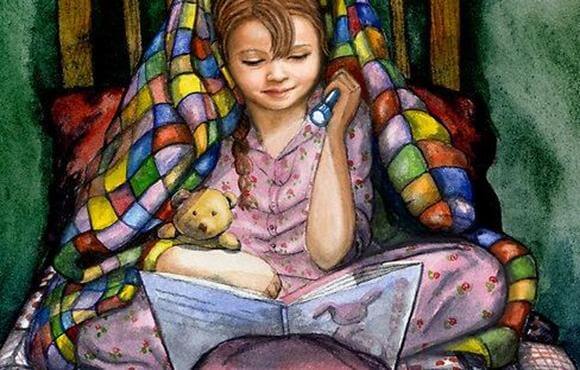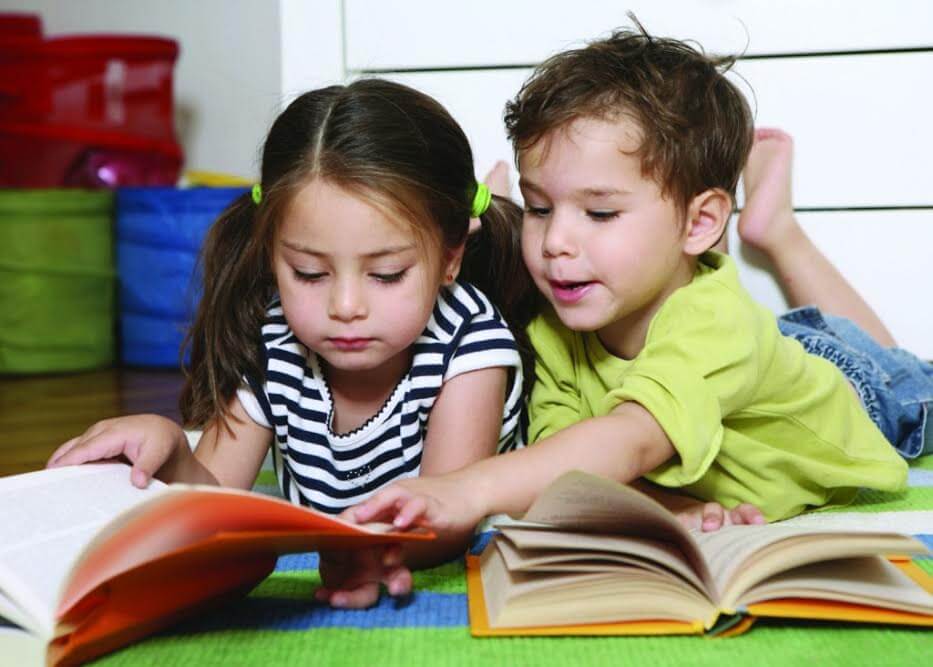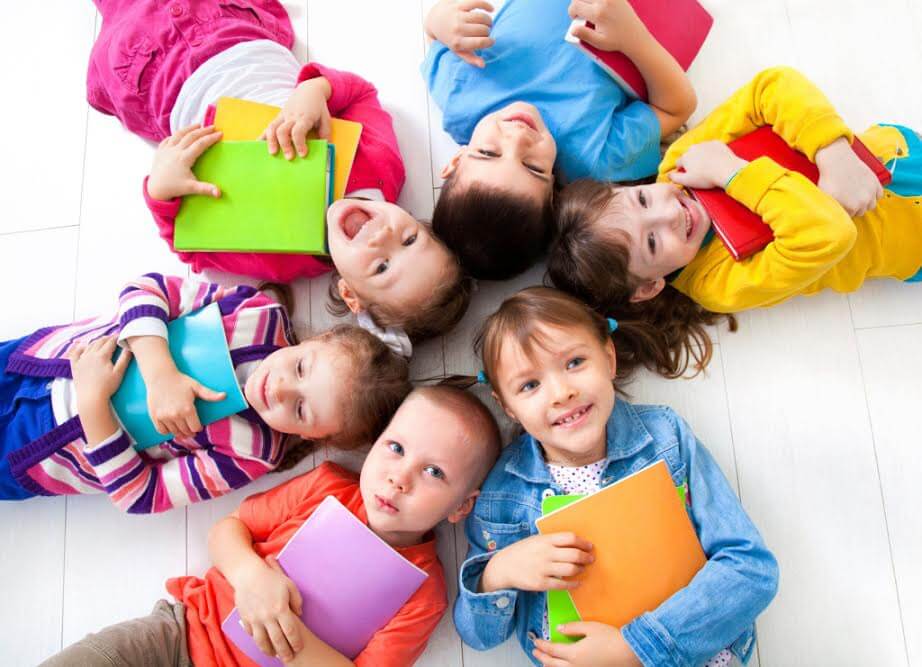8 Children's Stories That Challenge Stereotypes and Promote Equality


Reviewed and approved by the psychologist María Alejandra Castro Arbeláez
Children’s stories and books are one of the best educational resources for kids. Within the pages of a book you can find all kinds of lessons, learning experiences and values. Naturally, there are also books that seek to make the world a more inclusive place. They call for drastic societal change in many ways, such as promoting equality.
In today’s world, promoting equality is a very pressing and prevalent responsibility. This is the only way to combat the stereotypes that are so ingrained in our society. There is no doubt that children’s stories possess the incredible ability to shape people, their ideologies, and their critical thinking skills.
In this article from You Are Mom, we will be sharing a list of books that exemplify these ideas. Our hope is that you can then work with your little ones on these particularly relevant concepts. Take note of the following titles!
How Do We Choose Stories That Promote Equality?
In the first place, it may be best to avoid the common clichés in this genre: princesses, princes and frogs; kisses, heroes and fairy godmothers; potions and witches. These are common elements in children’s books, and they are all similar to each other.

The most common similarity in these types of “traditional” stories are the roles assigned to each character. These include beautiful, rosy, fragile princesses who are rescued by strong, charming princes. A clear duality is always represented in these stories, such as good vs. evil, rich vs. poor, and strength vs. weakness.
These can all be encapsulated in the relationship between women and men. Also, traditionally these stories do not acknowledge differences. There is no diversity or inclusion. By contrast, in recent years many authors have decided to dedicate themselves to the task of telling other stories.
There is more treasure in books than in all the pirate’s loot on Treasure Island.
-Walt Disney-
In these types of books, traditional roles are challenged, and the stories told are more inclusive and relateable. We are talking about children’s stories that allow children to better understand themselves and the world around them, in a more inclusive way.
Stories that Promote Equality and Inclusiveness
Fortunately, in recent years, a series of books have come about which break the mold. They dismantle the old structures through both their form and content. These works basically seek to introduce modern concepts to children.

Other Viewpoints on the Role of Women
- Candy Pink, by Adela Turin: Girl elephants are raised and educated differently than boy elephants. While the boys run free and eat what they want, the girl elephants are closed off and eat ugly flowers in order to achieve the perfect shade of pink skin that is guaranteed to help them attract a mate. However, Daisy is an exception since her skin is grey and she dreams of being able to live freely. The book introduces a critical viewpoint for analyzing sexist stereotypes. The author reflects on the different games, clothing and roles of the two genders.
- Even Princesses Fart, by Ilan Brenman: When she discovers a secret that contradicts the idealized vision of princesses, a girl’s father dusts off a copy of “The Secret Book of Princesses” from his library. Here her true identity is revealed. It’s an entertaining story that demystifies the image and role of princesses.
Blended Families
- Welcome to the Family, by Mary Hoffman: This book explains the different ways to grow as a family. It explores birth, adoption, foster care and different types of families. The clear message is that every family is a world unto itself, but they each are valid and special, no matter how they were formed.
- All in the Family, by Alexandra Maixiener: Children are not likely to see themselves reflected in fictional families, which is why this book opens children’s eyes to the many types of families that make up society, such as separated or widowed parents, same sex parents, adopted or orphaned children, families without children, and blended families. This all serves to paint a picture of the everyday lives of children, who should learn to coexist together. The best part of this book without a doubt is the conclusion: The individual characteristics of your family are not important, but feeling loved is.

Stereotypes and Prejudices
- Zog, by Julia Donaldson and Axel Scheffler: With this book nothing is as it seems. Dragons are good, and princesses aspire to become doctors, while princes want to be nurses. Nonetheless, a happy ending arrives where it is possible for all of the characters to achieve their dreams, but first they must prove that it’s possible to break through social and mental limits in order to do so.
- Mercedes Wants to Be a Firefighter, by Beatriz Moncó: A classroom debate is sparked by the common question: “What do you want to be when you grow up?” The main character causes an uproar in the class by revealing that she wants to be a firefighter. Jaime argues that this is impossible since, “There are no women firefighters.”
Equality and Inclusiveness
- Luca’s Hair: Luca is a special boy who, at a very young age, faces off with heroes and princesses, defending his blue hair. On top of this, he dares to challenge the established norms in order to live freely and consistently with his values: equality, respect for diversity, and freedom of choice.
- It’s Okay to Be Different, by Todd Parr: A journey in discovering different possibilities; Families, friends, colors, races and situations. The book insists that difference is not a bad thing. What is important is to feel special and important just by being yourself.
All cited sources were thoroughly reviewed by our team to ensure their quality, reliability, currency, and validity. The bibliography of this article was considered reliable and of academic or scientific accuracy.
- Itxaso, M. E. (2009). Educar en la corresponsabilidad entre mujeres y hombres: la igualdad necesaria. Revista General de Derecho Canónico y Derecho Eclesiástico del Estado, (20), 6. https://dialnet.unirioja.es/servlet/articulo?codigo=2995586
- Rebollo, M. Á. (2006). Género e interculturalidad: educar para la igualdad. Editorial La Muralla.
- Salguero, M. J. C. (2011). Educar en igualdad. Pedagogía Magna, (10), 64-70.
This text is provided for informational purposes only and does not replace consultation with a professional. If in doubt, consult your specialist.








